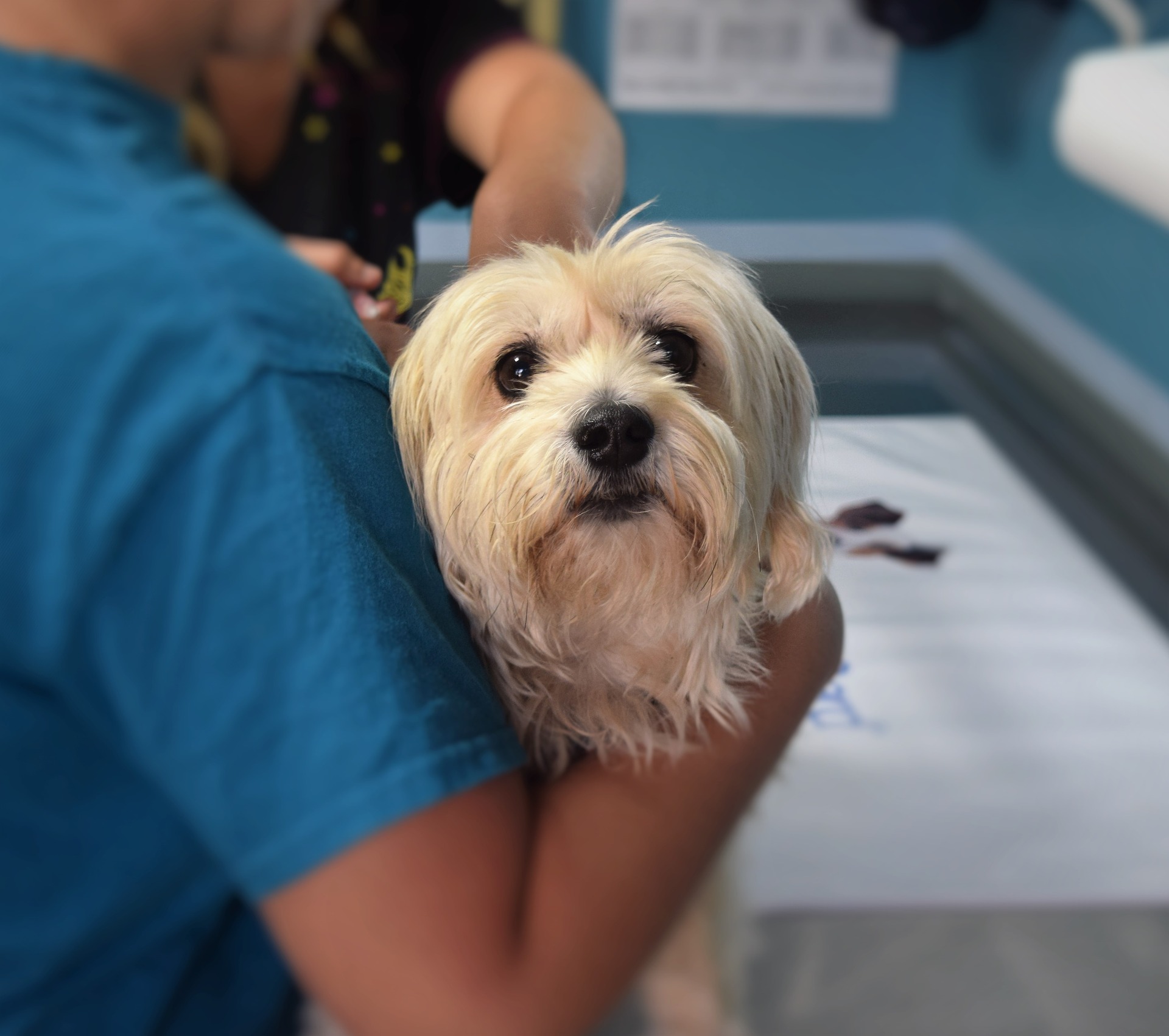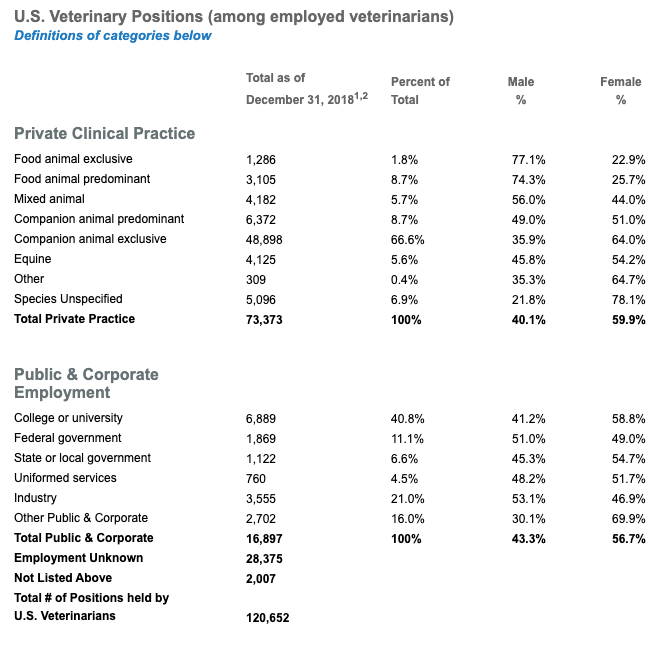Just How Big is the Veterinary Care Market?

According to the American Pet Products Association (APPA), revenue in the U.S. pet industry is expected to be $75.38 billion in 2019, with an estimated $18.1 billion of that figure slated for veterinary care.1 That is a decidedly impressive figure, even if one considers that well over half of the households in the United States own a pet, representing almost 80 million households and 300 million pets in the U.S.!2
So, what do these numbers really mean in terms of how large the veterinary care market truly is?
Two Different Markets
Firstly, it is important to recognize that the above figure (that $18.1 billion) only represents veterinary expenses related to companion animal care. This means that it excludes veterinary care associated with animals that are used in the food industry and other industries, such as horse racing and other service-oriented businesses in which animals are used.
For example, the global equine healthcare market is rising due to horse racing trends, global development programs for animal health, and increasing incidence of equine infections. Various studies estimate that the equine health care industry alone will be a $1 billion industry by 2025.3
To get an idea of how large this remaining segment is, bear in mind that the U.S. veterinary diagnostics market alone is expected to reach $4 billion by 2023, up from an estimated $2.63 billion in 2018.4
Breaking it Down
Apart from veterinary support for the companion animal market (which encompasses such things as staff salaries, operating animal hospitals, routine examinations, surgical treatments, nonsurgical treatments, the operation of veterinary testing laboratories and the attendant equipment and supplies), the non-companion animal market also encompasses veterinarian and support staff salaries, as well as livestock inspecting and testing, livestock veterinary services, the operation of veterinary testing laboratories, and other support services.
Approximately 50 billion commercially-produced animals are consumed for food in the U.S. annually, and all of these are raised under the auspices of veterinarians, under the governance of the United States Department of Agriculture (USDA). According to the U.S. Bureau of Labor Statistics, there were 84,500 working veterinarians in the U.S. in 2018, earning an average salary of $99,562.

Graphic: avma.org.
Thus, the true figure representing the size of the veterinary care market in the U.S. is closer to $50 billion. This includes approximately 54,000 businesses that employ or engage nearly half a million individuals.5
1American Pet Products Association.
2Pet Care Industry Analysis
2019 - Cost & Trends. Franchisehelp.com.
3transparencymarketresearch.com.
4marketsandmarkets.com.
5ibisworld.com.
About NexGen Pharmaceuticals
NexGen Pharmaceuticals is an industry-leading veterinary compounding pharmacy, offering sterile and non-sterile compounding services Nationwide. Unlike other veterinary compounding pharmacies, NexGen focuses on drugs that are difficult to find or are no longer available due to manufacturer discontinuance or have yet to be offered commercially for veterinary applications, but which still serve a critical need for our customers. We also specialize in wildlife pharmaceuticals, including sedatives and their antagonists, offering many unique options to serve a wide array of zoo animal and wildlife immobilization and anesthesia requirements.
Our pharmacists are also encouraged to develop strong working relationships with our veterinarians in order to better care for veterinary patients. Such relationships foster an ever-increasing knowledge base upon which pharmacists and veterinarians can draw, making both significantly more effective in their professional roles.



